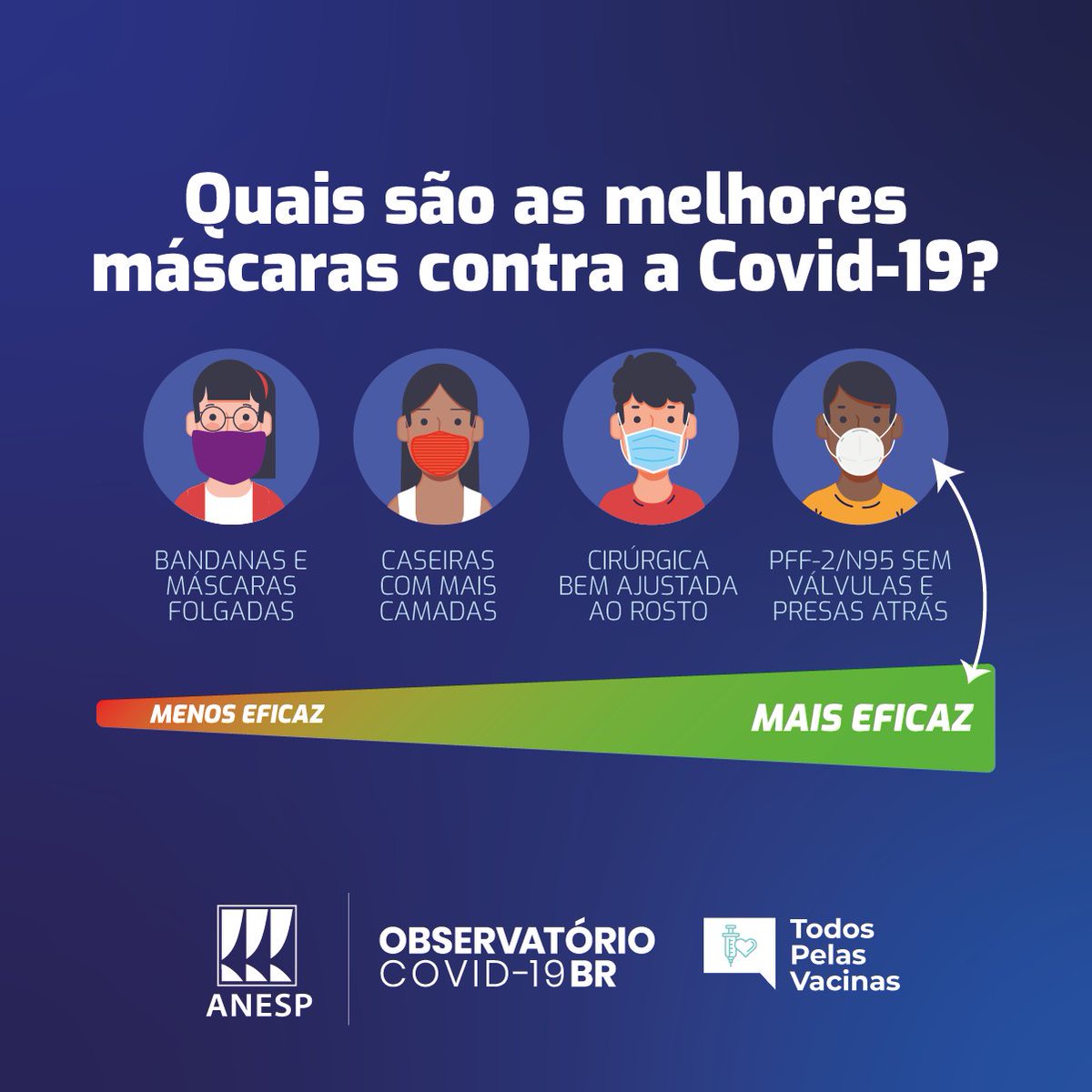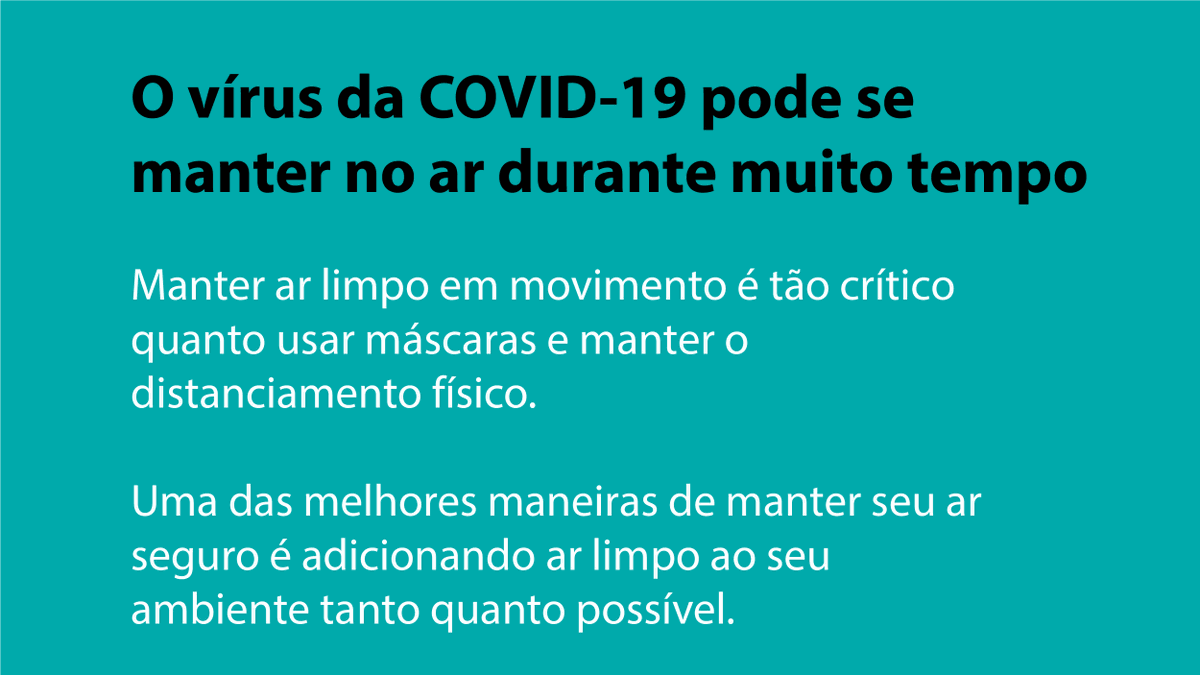
The P.1 variant has already been detected in at least 26 countries, with local transmission currently confirmed in 4 of them. Recently, New York announced a Brooklyn resident patient with no travel history to Brazil who is infected with the P.1 variant.
nytimes.com/2021/03/20/wor…
nytimes.com/2021/03/20/wor…
cov-lineages.org/global_report_…
Three recent preprints, yet to be peer-reviewed, have found that the SARS-CoV-2 variant P.1 is about twice more transmissible than the resident, wild type virus, in Manaus, Brazil.
Three recent preprints, yet to be peer-reviewed, have found that the SARS-CoV-2 variant P.1 is about twice more transmissible than the resident, wild type virus, in Manaus, Brazil.
These studies arrived at very similar results employing different methodologies, converging in their assessment of a very high transmission rate for the new variant.
The P.1 variant was initially detected in the state of Amazonas, Brazil, and its presence is strongly associated with the rapid increase in hospitalization rates in Manaus, followed by a collapse in the city's health care system shortly thereafter.
P.1 spread has already been detected in other Brazilian states, with evidence of community transmission.
To estimate parameters such as transmissibility and the probability of reinfection, we fitted an extended SEIR compartmental model to the number of hospitalizations and P.1 relative frequency after its estimated emergence date in Manaus (November-2020) 

We found a transmissibility rate of 2.61 (CI95% Confidence Interval (CI): 2.45–2.76) times higher than that of the wild-type variant lineage, while the relative force of reinfection of P.1 was estimated at 0.032 (CI:0.026–0.040). 

Given these parameter values, reinfections by P.1 accounted for 28% of the cases in Manaus from November 2020 through January 2021. Check the manuscript below (with an updated version soon)
doi.org/10.1101/2021.0…
doi.org/10.1101/2021.0…
Naveca and collaborators estimated an effective reproductive number (Re) of 2.6 (95% Confidence Interval (CI): 1.5–4.5) for the P.1 lineage and Re of 1.2 (CI: 0.9–1.6) for the parental lineage 28-AM-I , both at the beginning of December-2020. 

Based on these estimations and assuming that reinfections are rare, they suggest the new variant is 2.2 times more transmissible than the parental lineage.
researchsquare.com/article/rs-275…
researchsquare.com/article/rs-275…
Faria and collaborators integrated mortality and genomic data and, using a semi-mechanistic Bayesian model, estimated a transmissibility rate in the range of 1.4–2.2 times higher and 25–61% evasion of protective immunity related to the P.1 variant. 

Notably, the three different methodologies not only concluded that transmissibility of the P.1 variant was indeed high, but arrived at similar conclusions to the magnitude of the transmissibility in respect to the previous variant(s).
Much remains to be known about the P.1 variant - most prominently its ability to evade immune responses (humoral and cell-mediated immunity), possibly leading to reinfections, and the possibility of lower efficacy of available vaccines against infection by this variant.
However, the convergence of results pointing to a very high transmissibility rate calls for urgent action.
In a technical note issued on March 4, 21, Fundação Oswaldo Cruz suggests that the frequency of VOCs may be as high as 70 % in the several Brazilian States, including populous states such as Rio de Janeiro, Paraná, Rio Grande do Sul and Ceará in different regions of Brazil.
Due to the sustained rise in cases in many states and ICU occupancy reaching maximum capacity in several state capitals, concerns about the collapse of the Brazilian Health system have been expressed by the scientific community, as well as some local political leaders.
A highly transmissible variant accelerates the pace of the epidemic in Brazil and poses a threat to neighboring countries, as well as to the rest of the world.
Indeed, this threat posed by P.1 and other VOCs that might arise in Brazil as a result of the uncontrolled epidemic has made its way into the international press.
The Brazilian Federal government has repeatedly refused to adopt evidence-based containment mitigation efforts, particularly the use of testing and isolation of individuals with active infections, coordinated widespread policies to restrict international and domestic travel,
more stringent restrictions on essential services, and necessary lockdowns and complementary NPIs to contain the spread of P.1.
While some Brazilian states and cities have resorted to curfews, these measures are clearly insufficient, as was observed with early attempts to halt the spread of 501Y.V1 in Europe.
Establishing a global network of scientists and researchers to share new information on the findings regarding the characteristics of the P.1 variant,
particularly in countries that receive a large share of travellers from Brazil, is crucial to halting the widespread global dissemination of this highly transmissible variant.
#epitwitter #Brazil #COVID19 #variants #SARSCoV2 #P1
#epitwitter #Brazil #COVID19 #variants #SARSCoV2 #P1
@cadde @fiocruz @DiseaseEcology @trvrb @EricTopol @DrEricDing @florian_kramer @kakape @DrTomFrieden @joel_c_miller @CiesekSandra @AdamJKucharski @c_drosten @GuptaR_lab @nataliexdean @CT_Bergstrom @AgenciaFAPESP @agencia_bori @dylanhmorris @EckerleIsabella @FuestClemens
@Helmholtz_HZI @Gilbert70056731 @rozeggo @Karl_Lauterbach @SCauchemez @vcolizza @alexvespi @mlipsitch @cmyeaton @sbfnk @cecilejanssens @mellziland @AndersonBrito_ @analise_covid19 @luizacaires3 @oatila @leandrotessler @otavio_ranzani @marivarella @MBittencourtMD
• • •
Missing some Tweet in this thread? You can try to
force a refresh














